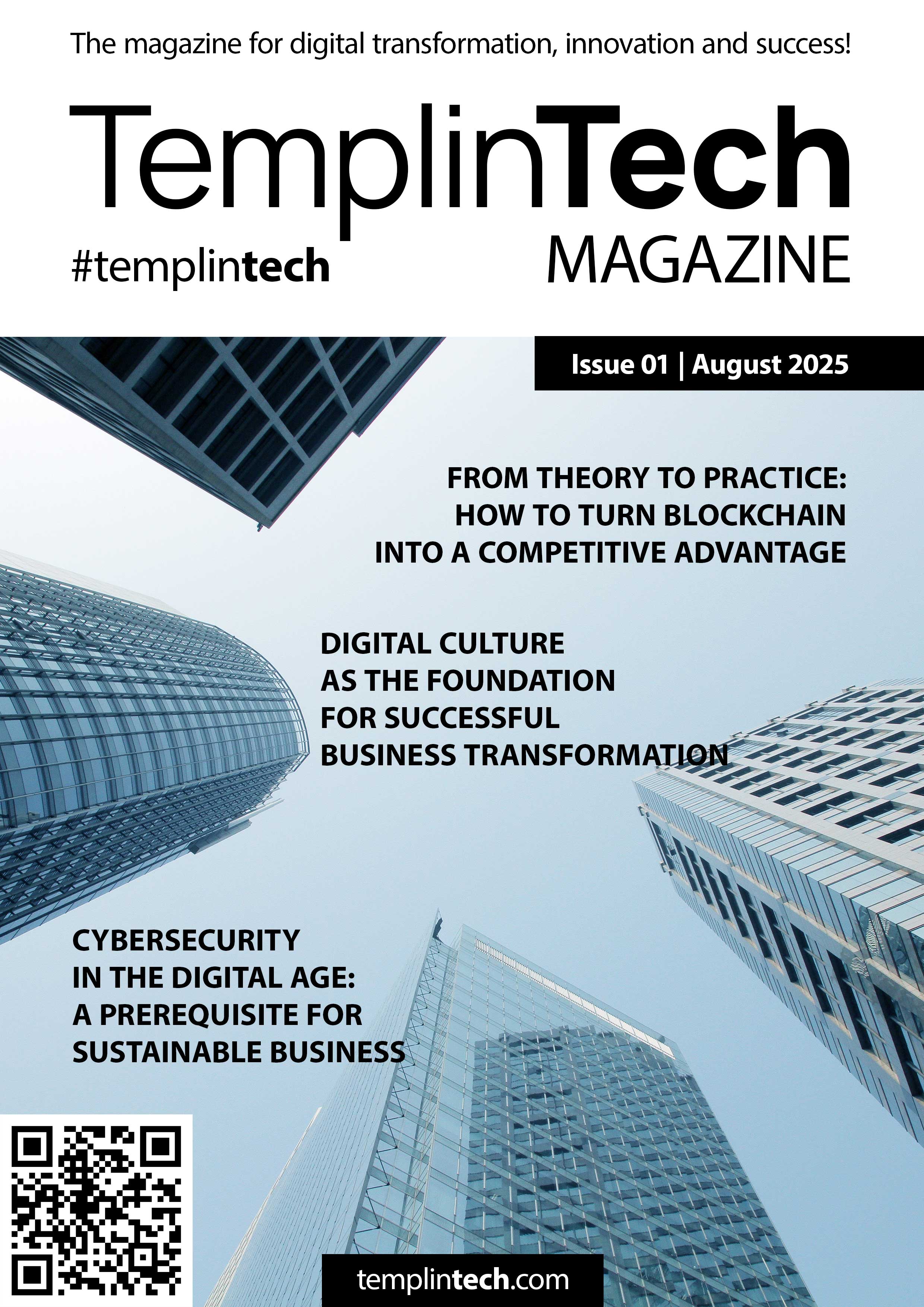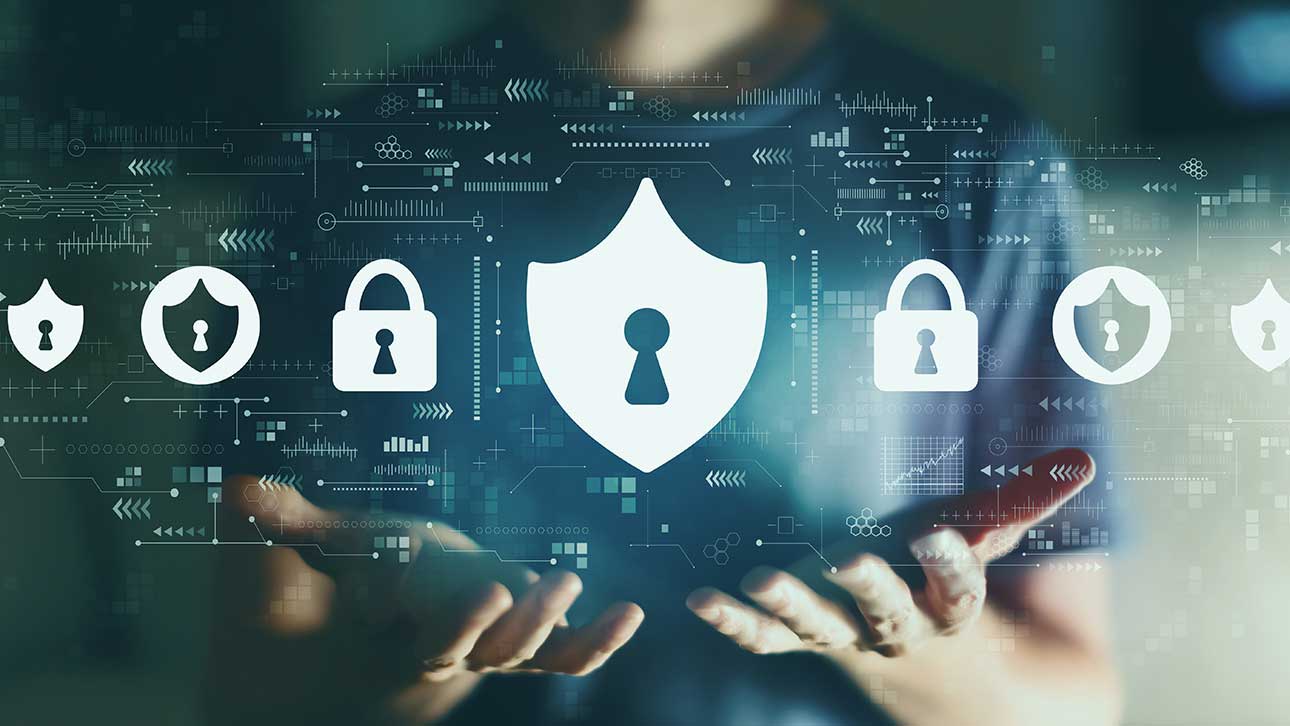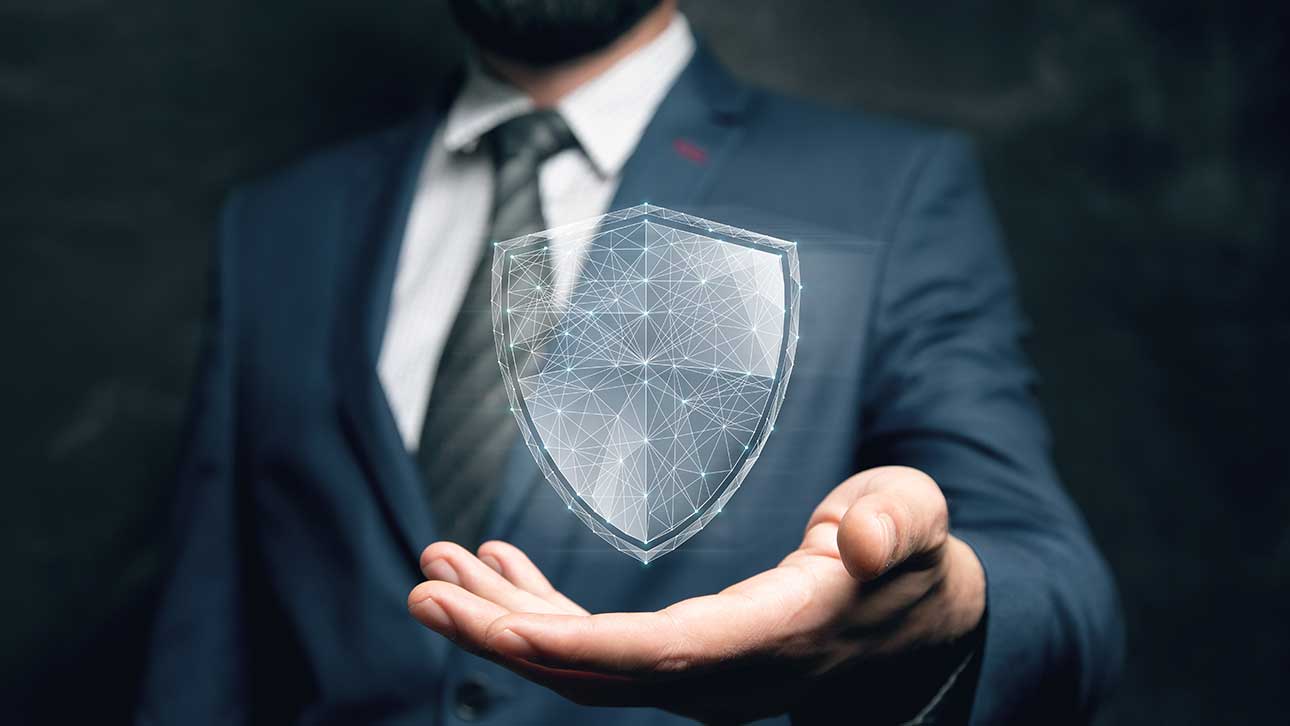In today’s digital economy, where speed and security are no longer advantages but requirements, companies still face an age-old problem: trust. How can we be sure that the contract we received is authentic? Whether its terms haven’t been altered? And that the person who sent it is really who they claim to be?
The answer lies in one of the most important, yet often misunderstood, technologies of our time: the digital signature. It’s not just an image of your handwritten signature on a screen; it’s a complex cryptographic mechanism that acts as a tamper-proof seal of authenticity and integrity for your documents. Its implementation is no longer a matter of technological trend, but a fundamentally strategic decision for any business that aims to be efficient, secure, and competitive.
The Anatomy of Trust: How Does a Digital Signature Actually Work?
To understand its power, we need to grasp how it works. The process can be compared to sealing an important letter with wax in the past, but carried out with the precision of modern mathematics. At its core lie three key technologies:
- Hash Functions (The Unique Digital “Fingerprint”): Before signing, the software applies a mathematical algorithm (such as SHA-3, as detailed in the practical research by Alam et al. [2]) to the entire document. This algorithm generates a unique, short string of characters called a “hash.” You can think of it as the document’s digital fingerprint. Even the smallest change—like adding a space or altering a letter—will result in a completely different hash.
- Asymmetric Cryptography (The Two-Key System): Each user has a mathematically linked pair of keys:
- Private key: This is strictly confidential and kept only by its owner, similar to a PIN code. It is used to “lock” (encrypt) the document’s hash. This encrypted hash is the actual digital signature.
- Public key: This is shared openly and is used to “unlock” (decrypt) the signature.
- Public Key Infrastructure (PKI): This is the system that gives the whole process legitimacy. To ensure that a public key really belongs to a specific person or company, trusted organizations known as Certificate Authorities (CAs) issue digital certificates, which act like digital ID cards linking someone's identity to their public key.
The Practical Process: When you receive a signed document, your software automatically:
- Uses the sender’s public key to decrypt the signature and retrieve the original hash.
- Generates a new hash from the document you received.
- Compares the two hashes. If they match 100%, it is indisputable proof that:
- The document was signed by the holder of the private key.
- The document hasn’t been altered since it was signed.
The Three Pillars of Digital Security
This elegant system, as also described in the analysis by Meng and Sang [1], ensures the three main guarantees every business seeks:
- Authenticity: Certainty about who signed the document.
- Integrity: Assurance that the document remains in its original form.
- Non-repudiation: Legal protection ensuring that the signer cannot deny their action.
Beyond Contracts: How Digital Signatures Transform Every Department
The strategic value of digital signatures becomes apparent when integrated into the daily workflows of an entire organization:
- Sales and Legal: Accelerating the sales cycle with immediate signing of contracts, offers, and NDAs, regardless of the geographic location of the parties involved.
- Finance and Accounting: Ensuring the integrity and authenticity of invoices, purchase orders, and financial reports—critical during audits and compliance checks.
- Human Resources: Streamlining the hiring process—from employment contracts and declarations to internal policies and leave requests.
- Supply Chain and Logistics: Creating an indisputable digital trail for delivery confirmations, quality protocols, and customs documentation.
- Development and Intellectual Property: Using techniques like code signing to ensure that software hasn't been tampered with, or timestamping to prove the creation date of a work.
The Legal Framework and What Lies Ahead
At the European level, the eIDAS Regulation establishes a clear legal hierarchy by equating the Qualified Electronic Signature (QES)—the highest digital standard—with a handwritten signature. This provides businesses with legal certainty across the entire EU.
The focus, however, is now shifting forward. As highlighted by experts such as Shuhan Lyu [3] and Meng & Sang [1], the technology faces both new challenges and opportunities:
- The Quantum Threat: The advancement of quantum computing threatens to break existing cryptographic algorithms like RSA. In response, post-quantum cryptography (PQC) is being developed to ensure future-proof security.
- Integration with Blockchain: Digital signatures are at the core of authorizing transactions in blockchain and executing smart contracts, creating a decentralized and immutable ledger of agreements.
- Mobility and Cloud Services: The shift from physical tokens (like smart cards) to secure cloud-based solutions enables signing from any device, at any time, making the process more accessible than ever.
What Comes Next
The digital signature is a fundamental infrastructure upon which modern business is built. It is the language of trust in the digital world. Companies that embrace it strategically do more than just optimize processes and reduce costs—they build stronger, faster, and more reliable relationships with their customers, partners, and employees. The question is not whether to implement it, but how to use it to unlock the full potential of your organization.
Sources Cited in This Article:
- Meng, H., & Sang, Z. (2025). Research and Development of Digital Signatures. Journal of Computing and Electronic Information Management, 16(3), 23–28.
- Alam, W. O. S. N., Sajiah, A. M., Aksara, L. O. M. B., et al. (2025). Ensuring transcript integrity with SHA-3 and digital signature standard: a practical approach. Indonesian Journal of Electrical Engineering and Computer Science, 38(3), 1957–1969.
- Lyu, S. (2025). Advances in Digital Signature Algorithms: Performance, Security and Future Prospects. ITM Web of Conferences, 73, 03010.

Yordan Balabanov
Expert in digital transformation, strategic approaches, and technology integration.
Words from the author:
“Digital transformation is not limited to technology implementation. It is a synergy of digital culture, strategic thinking, and expert competence – a long-term process that requires vision, knowledge, and resilience.”
LinkedIn | yordanbalabanov.com
Are you ready for strategic change through digitalization? Contact me for professional support.
Was this insight valuable to your business?
Download our free app TemplinTech Magazine on Google Play – no ads, no distractions, just focused business insights.
📲 Install from Google Play
![Български [BG] Български [BG]](/media/mod_languages/images/bg_bg.gif)
![English [EN] English [EN]](/media/mod_languages/images/en_gb.gif)












